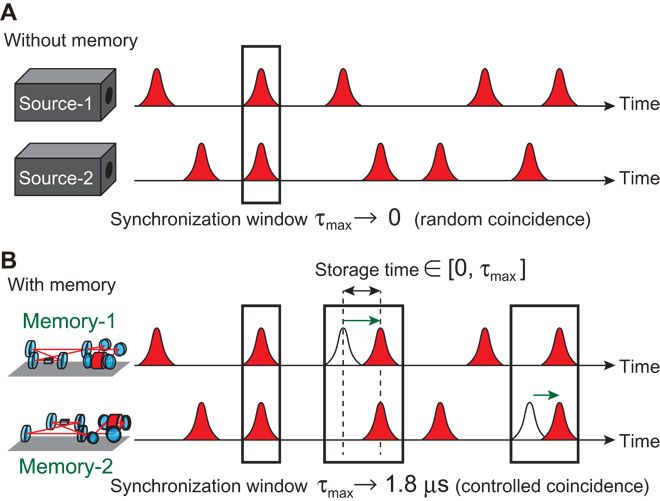May 28, 2016
Synchronization of optical photons for quantum information processing
Posted by Karen Hurst in category: quantum physics
Syncing of optical photons.
A fundamental element of quantum information processing with photonic qubits is the nonclassical quantum interference between two photons when they bunch together via the Hong-Ou-Mandel (HOM) effect. Ultimately, many such photons must be processed in complex interferometric networks. For this purpose, it is essential to synchronize the arrival times of the flying photons and to keep their purities high. On the basis of the recent experimental success of single-photon storage with high purity, we demonstrate for the first time the HOM interference of two heralded, nearly pure optical photons synchronized through two independent quantum memories. Controlled storage times of up to 1.8 μs for about 90 events per second were achieved with purities that were sufficiently high for a negative Wigner function confirmed with homodyne measurements.





 secure than products and institutions built upon legacy architectures.
secure than products and institutions built upon legacy architectures.









